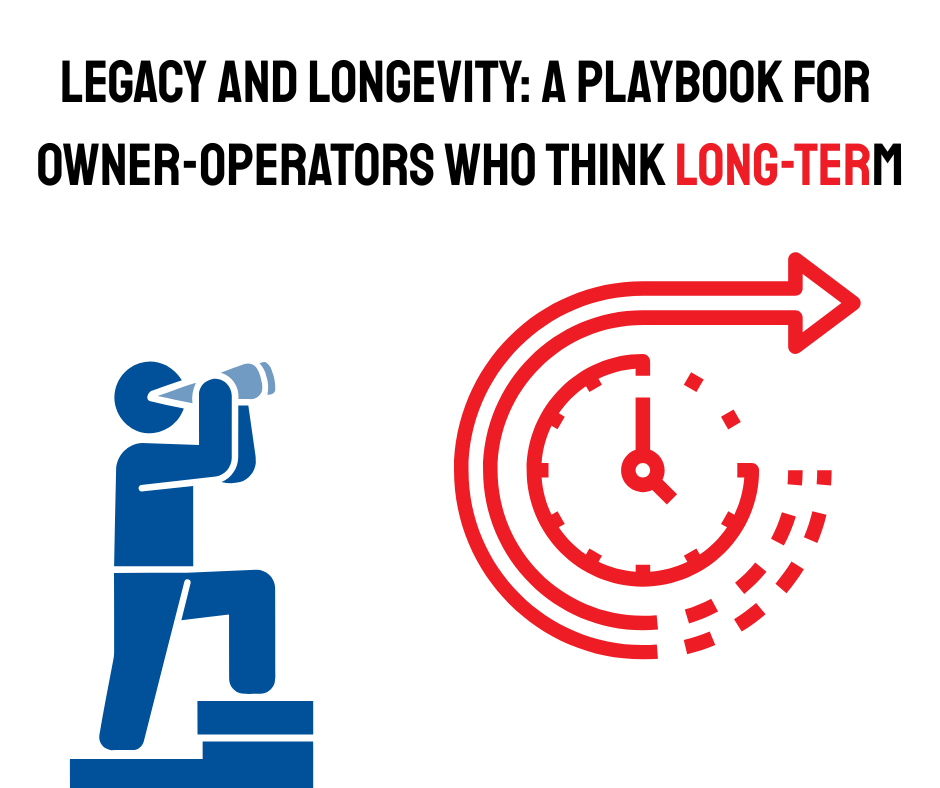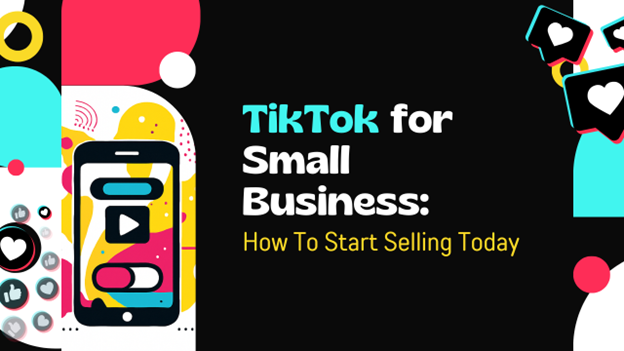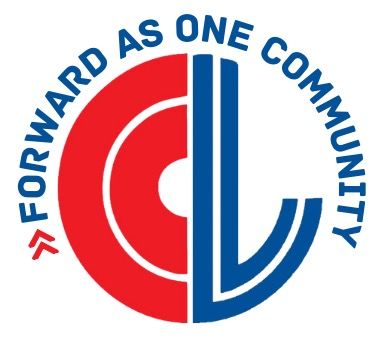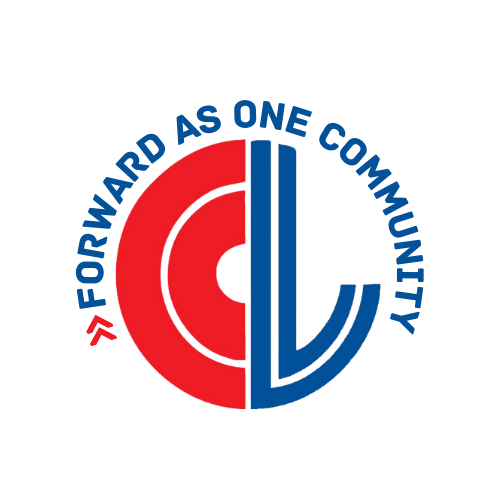How to Celebrate Women's History Month at Your Business
Women's History Month is a fantastic opportunity for you to recognize the invaluable contributions of women, past and present. It's not just about historical figures; it's about celebrating the women who drive your business, your community, and the world forward.
And let’s face it, it’s a great reminder to put some good cheer into the world. After all, people love feel-good narratives.
While it may be difficult to implement these ideas before the end of the month, you can always use them to plan for next year or make an announcement this month to unveil a larger plan rollout for another time.
Here are some creative ways to celebrate, internally and externally, at your business:
Internal Employee Celebrations: Fostering Appreciation and Growth
Like Mother’s Day, you don’t have to be a woman to celebrate the accomplishments and contributions of women. Make it enjoyable and welcoming for all.
Here are a few ways to encourage support for, and interest in, Women’s History Month:
Create a Women Who Inspire Spotlight
Dedicate a segment of your internal newsletter or intranet to spotlighting female employees, customers, or figures who inspire your team. Share their stories, achievements, and insights. But that’s just the beginning. Get your crew involved too. Create a "wall of inspiration" in your breakroom or office (or even your front lobby or register stand), where employees can post pictures and stories of women who inspire them.
Host Skill-Sharing Workshops or Lunch & Learns
Invite female employees to lead workshops on their areas of expertise. This empowers them and provides valuable learning opportunities for the team. For instance, your marketing maven could give a workshop on personal branding.
Organize a lunch & learn session featuring a female speaker from your industry or community. This could be a mentor, a successful entrepreneur, or an expert in a relevant field. Not only is this inspiring but could lead employees to see their career path in a new way.
Launch a Mentorship Program
Launch or promote existing mentorship programs that connect female employees with experienced mentors, either within or outside the company. Create a networking event specifically for the women in your company. If you have a smaller business where that is difficult to do, work with local groups like your chamber to create opportunities for networking, mentorships, and leadership development.
Create a Parent-friendly Job Program
One of the hardest parts of keeping women in the workforce is childcare. While your business may not have the budget to offer employees childcare or a subsidy to offset the cost, you may be able to offer alternative shifts that make parenting and work possible. For instance, you could offer a 9-3 shift to accommodate parents who have to pick up children from school or you could arrange job shares that would allow two part-time employees to share one full-time position. This would ensure the needs of the parents and the business are both met.
External Celebrations: Engaging Your Community and Customers
Women’s History Month has become increasingly popular over the past few years. Many businesses are hosting events and other celebrations. Here are a few ideas of how you can do the same:
Host a Female Author or Speaker
Partner with a local bookstore or library to host a book signing or speaking event featuring a female author or thought leader. If you don’t have time to host a speaker this year, try interviewing one for your newsletter on a topic of interest to your ideal audience.
Support Women-Owned Businesses
Feature products or services from women-owned businesses in your store or on your website. Offer a special discount or promotion for customers who support women-owned businesses. Call attention to the women-owned businesses you work with, such as vendors and suppliers, or highlight the stories of some of your employees.
Community Partnership
Partner with a local women's shelter, non-profit organization, or educational institution to host a fundraising event or volunteer activity.
Long-term idea: sponsor a scholarship or award for female students or entrepreneurs.
Educational Content
Create blog posts, articles, or videos highlighting the achievements of women in your industry or community.
Share educational resources and information about women's history and current issues on your website and social media channels.
Social Media Campaigns
Use relevant hashtags like #WomensHistoryMonth, #WomenInBusiness, and #CelebrateWomen to share stories, quotes, and images of inspiring women. Run a social media contest or giveaway that celebrates women's achievements.
Feature your female staff members and their roles within the company. Ask them to tell stories of the women who inspire them.
Customer Appreciation
Highlight female customers and their achievements through social media posts or blog posts. (with customer permission, of course).
Make It Part of a Larger Conversation
Women’s History Month is a way to instill appreciation for the struggles of women and their contributions to the many areas of our society—personally and professionally. But the historical tribute can also be the beginning of a larger conversation. Is equality something you want to make part of your employee culture? Do you want customers to understand that you have programs in place that help women receive equal pay to their male counterparts? How does this celebration of women tie into your culture of who you are or who you want to be?
By celebrating Women's History Month in meaningful and creative ways, you can demonstrate your commitment to gender equality, foster a positive and inclusive work environment, and strengthen your connection with your community and customers. This month isn’t just about clever marketing. It could be the beginning of a much larger conversation about workforce dynamics and culture in your company and beyond.
------------
Christina Metcalf is a writer and women’s speaker who believes in the power of story. She works with small businesses, chambers of commerce, and business professionals who want to make an impression and grow a loyal customer/member base. She is the author of The Glinda Principle, rediscovering the magic within.
_______________________________________
Facebook: @tellyourstorygetemtalking
Instagram: @christinametcalfauthor
LinkedIn: @christinagsmith




